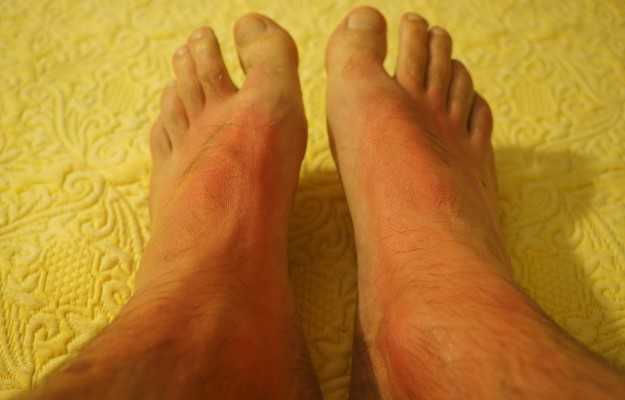Actinic keratosis, also known as solar keratosis, is usually a harmless—but rough and scaly—patch on your skin. As the name suggests, it develops due to years of sun exposure and almost never causes any secondary symptoms.
The condition is usually seen in older adults and takes years to fully develop. A very small percentage of people with this skin condition are considered precancerous, that is, they may eventually develop a type of skin cancer called squamous cell carcinoma.
The condition is different from a skin rash which can occur at any age and may be caused by factors other than prolonged exposure to the sun. It is also different from solar lentigines or liver spots which are brown or black spots that mostly develop in people over 40 years of age.
Continue reading to find out about actinic keratosis, its symptoms, causes and treatments.

 Doctors for Actinic keratosis
Doctors for Actinic keratosis 


































